
伤口世界
电子邮件地址: 该Email地址已收到反垃圾邮件插件保护。要显示它您需要在浏览器中启用JavaScript。

- 星期二, 03 9月 2019
六大高发癌症的饮食、营养、运动建议 (肺癌、结直肠癌、肝癌、胃癌、乳腺癌、前列腺癌)
世界癌症研究基金会与美国癌症研究所联合发布了第三版《癌症预防和生存报告》。1997年第一版、2007年第二版的《癌症预防和生存报告》曾被誉为是癌症预防科学的里程碑,同时也是癌症预防生活方式最权威和最全面的报告。第三版《癌症预防和生存报告》基于数百项研究的结果、5100万人的数据、350多万的癌症病例。
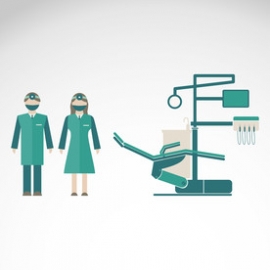
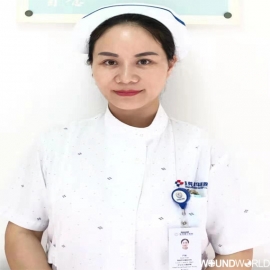
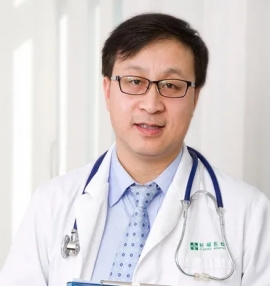
- 星期二, 03 9月 2019
季兵
- 擅长疾病:
- 糖尿病及其并发症的中西医结合诊治,尤其是运用实时动态胰岛素泵系统(即“3C”模式)治疗糖尿病、综合疗法治疗糖尿病足等。同时,对于甲状腺、肾上腺、垂体、高血压病、高脂血症、肥胖、痛风、骨质疏松等内分泌代谢系统的常见病及疑难病治疗积累了较为丰富的经验。
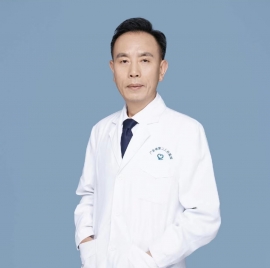
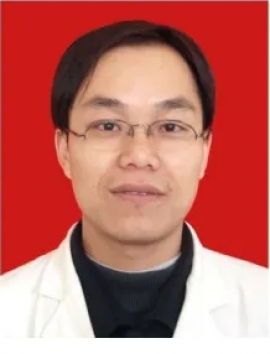
- 星期二, 03 9月 2019
黄正有
擅 长:糖尿病、甲亢、高血脂症、高血压病。
内分泌专科主治医师。于1999年毕业于汕头大学医学院临床医学医疗系专业(本科)。系我院内科医生。于2003年4月~2004年4月在广东省人民医院内分泌科进修,学成归来后在我院开设内分泌专科,对糖尿病、甲亢、高血脂症、高血压病等疾病的诊治积累了丰富经验。同时,开展了新项目——糖尿病的强化治疗。
